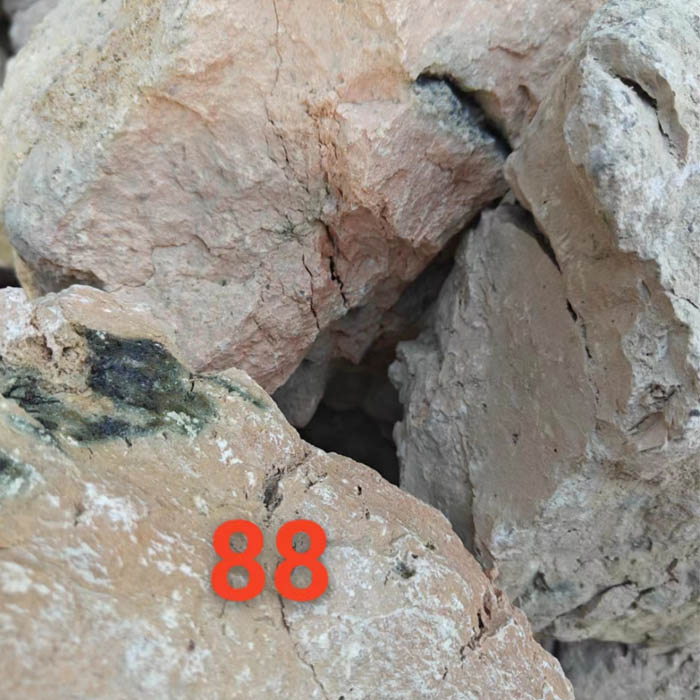Jul . 26, 2024 15:07 Back to list
Innovative Insulation Solutions for Chilled Water Pipe Lines in China’s Heating and Cooling Systems
Insulation Materials for Chilled Water Pipe Lines in China
In recent years, the rapid development of urban infrastructure and industrial processes in China has led to an increasing demand for efficient heating, ventilation, and air conditioning (HVAC) systems. Among these systems, chilled water pipe lines play a critical role in maintaining indoor comfort and ensuring energy efficiency. Insulation materials for these chilled water pipes are essential in minimizing energy loss, preventing condensation, and enhancing overall system performance. This article explores the various insulation materials used for chilled water pipe lines in China, their benefits, and factors influencing their selection.
Types of Insulation Materials
1. Polyethylene Foam (PE) This is one of the most common insulation materials used for chilled water pipes due to its excellent thermal resistance and moisture barrier properties. Polyethylene foam is lightweight, easy to handle, and highly resistant to water vapor, making it ideal for preventing condensation on chilled water pipes. Its closed-cell structure significantly reduces thermal conductivity, ensuring minimal heat gain during the cooling process.
2. Polyurethane Foam (PU) Polyurethane foam offers superior thermal insulation performance compared to other materials. It comes in both rigid and flexible forms, with rigid insulation being used for large chilled water systems. PU has a low thermal conductivity and good mechanical strength, making it suitable for various applications. Its ability to form a seamless insulation layer around pipes enhances its performance, reducing the risk of thermal bridging.
3. Fiberglass Insulation This traditional insulation material is made from glass fibers and is widely used in industrial applications. Fiberglass is known for its high-temperature resistance and sound absorption properties. While it is effective in insulating chilled water pipes, installers need to ensure proper vapor barriers to prevent moisture infiltration, which can lead to mold growth and decreased insulation efficiency.
4. Mineral Wool (Rock Wool) Mineral wool insulation materials are made from natural or recycled materials and offer excellent fire resistance along with good thermal insulation properties. This type of insulation is particularly beneficial in applications where fire safety is a concern, making it suitable for industrial settings and commercial buildings.
Factors Influencing Selection
china chilled water pipe line insulation material

When choosing insulation materials for chilled water pipes, several factors come into play
- Thermal Performance The primary concern is the material's thermal conductivity, as lower values mean better insulation and less energy loss.
- Moisture Resistance Given the risk of condensation in chilled water systems, selecting materials with low moisture permeability is crucial to avoid water-related issues.
- Fire Resistance In commercial buildings, it is essential to comply with fire safety regulations, making fire-resistant insulation materials a priority.
- Cost and Availability The cost of materials and their availability in the local market also significantly impacts the selection process. Manufacturers and contractors often seek a balance between performance and budget.
- Environmental Impact With growing awareness of sustainability, many organizations in China opt for eco-friendly insulation materials that minimize environmental impact.
Conclusion
The selection of appropriate insulation materials for chilled water pipe lines is vital for optimizing the efficiency and performance of HVAC systems in China's ever-growing urban landscape. With numerous options available, including polyethylene foam, polyurethane foam, fiberglass, and mineral wool, stakeholders must consider various factors ranging from thermal performance to cost and environmental impact. By investing in high-quality insulation materials, businesses and building owners can ensure not only a comfortable indoor environment but also contribute to energy conservation and sustainability efforts across the nation. As China continues to advance in infrastructure and technology, the focus on efficient insulation solutions will remain crucial in meeting future energy demands and environmental goals.
-
Eco-Friendly Granule Covering Agent | Dust & Caking Control
NewsAug.06,2025
-
Fe-C Composite Pellets for BOF: High-Efficiency & Cost-Saving
NewsAug.05,2025
-
Premium Tundish Covering Agents Exporters | High Purity
NewsAug.04,2025
-
Fe-C Composite Pellets for BOF | Efficient & Economical
NewsAug.03,2025
-
Top Tundish Covering Agent Exporters | Premium Quality Solutions
NewsAug.02,2025
-
First Bauxite Exporters | AI-Optimized Supply
NewsAug.01,2025
